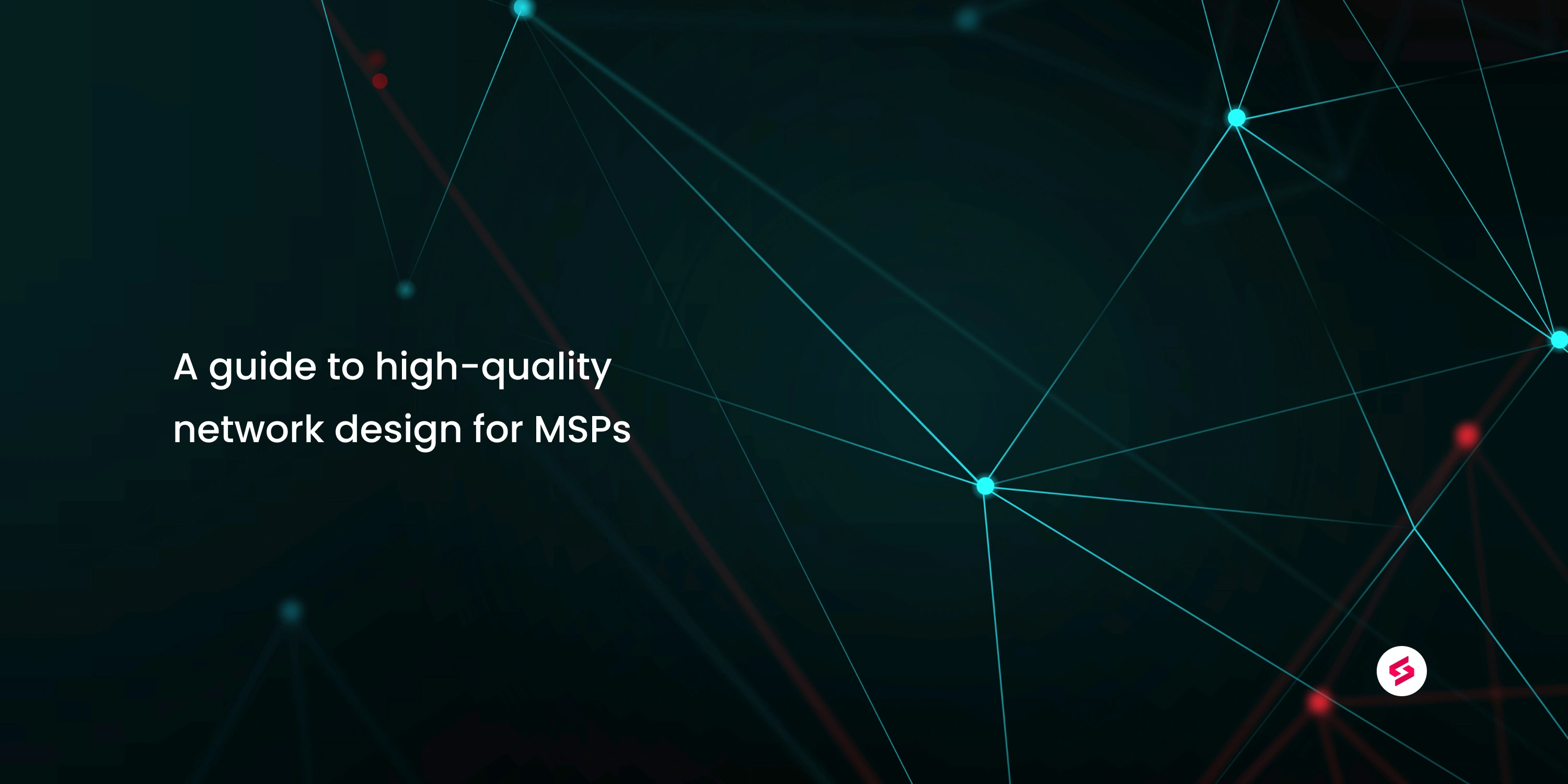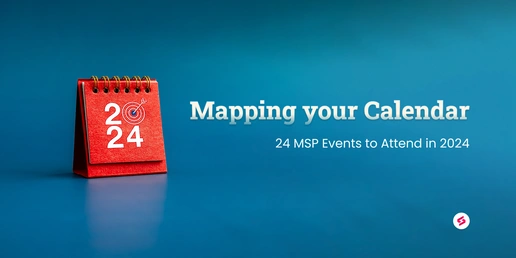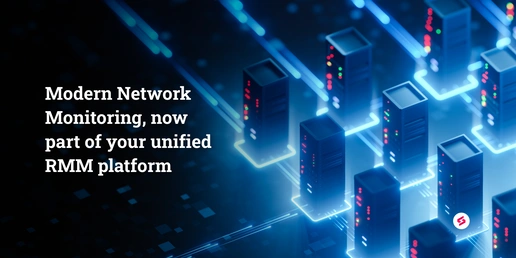Every network is different and so is every client. As an MSP, how can you maintain standards while tailoring your solutions to a client’s specific needs?
We came up with a guideline that will come in handy for you when you need to design networks for your clients.
Identify customer requirements
The best way to get started is to sit down and have an in-depth conversation with the client to understand their needs. The goal is to know as much as you can about the client’s business and how exactly it relies on IT. What are their critical business functions, applications, and data? Do they have any specific security requirements? Do they have any type of security compliance they must meet? What type of data are they storing? How are they sharing files? Who should have access to what? Be as specific as possible with your questions, and seek to understand them on a granular level.
What makes them money? What are their requirements for those key systems for uptime and redundancy? What is the budget? Understanding their business requirements is crucial to know what expectations they have from the network.
You should also seek to understand where the users will be connecting from. Are they all working from home? Is there a central office? Where do they need to be able to access their data?
Once you have a firm grasp on how they are doing business, critical systems, security, budget, scalability, and other key factors you can start to design a solution. Take your time when asking these questions. Misunderstood requirements are one of the biggest reasons for wasted time, money, and effort.
Prioritize security
When designing a network for a client you should start with security in mind. If security is an afterthought, it will often be an inferior solution, and can cost the client more as well. Your interview with the client on their security needs should inform your decisions on how the network is designed.
Begin with the end in mind, and ensure you are incorporating the solutions your client needs. You should be thinking of everything from basic endpoint security such as anti-virus, to patching solutions, and perimeter protection such as firewalls and intrusion prevention solutions.
If you make network security a priority and part of the user experience from day 1, the expectations will be set. MFA and other security features will be more readily accepted by users. This makes it better on the support team and keeps the network more secure as well.
Plan for redundancy
Another thing you should keep in mind is your clients needs for uptime and redundancy. Many SMB clients will have some tolerance for downtime, but don’t have the budget for high availability. Which is why discussing the different options available and associated price tags with your client is important.
A solution for contingency plans like a backup and disaster recovery server may be an affordable way to minimize downtime for your client on a small business budget. It’s not true failover, but BDR solutions powered by products like Veeam allow you to boot a backup of a failed server in a matter of minutes.
Centralize data from Multiple Sites
Modern cloud solutions have made managing data at multiple sites much easier than it used to be. Organizations that in the past have had file servers at every location with VPN connections between and DFS replication may find that the complexity of managing such a solution is cumbersome.
The good news is that solutions like Azure files allow users to have the same experience they’ve always had. It’s centrally stored in the Azure cloud. You can connect to it securely from any of your locations. This type of solution allows you to drastically simplify your network and avoid high support costs and complexities associated with DFS and similar solutions.
Keep it simple, stupid
Another important principle when designing networks is that you should make them as simple as possible. Adding complexity makes it more expensive to implement and maintain. It can also make the learning curve for users steeper and complicate their everyday operations.
Understanding your clients’ needs is very important. Maybe in your discussion with a potential client, you found that they are a medical practice with multiple locations and around 60 users. You could set them up a server to act as their DC, a server to run their electronic medical records software (EMR), a server to run the SQL database for that software, and a couple of terminal servers to serve up that application to users at the different locations. You could also set up a server for exchange to handle email and use a special encryption product, so their email is HIPAA compliant.
Alternatively, you could set them up with Office 365 and one of many SaaS applications for their EMR software. Both solutions will meet their needs for functionality and accessibility, however the simpler solution has a much lower up-front cost, has better flexibility and scalability, will support them on security and HIPAA compliance, and will have much lower ongoing support costs.
As a general rule of thumb, make sure that you’re not making things more complicated than they need to be.
Final Thoughts
The crux to robust network design is in your understanding of the client's requirements. That will be your guiding star as you navigate decisions around what hardware to use, what solutions to recommend, and how to best set your client up for success.
If you understand their business and their needs, keep it simple, design with security in mind you will be successful. Good luck out there!




